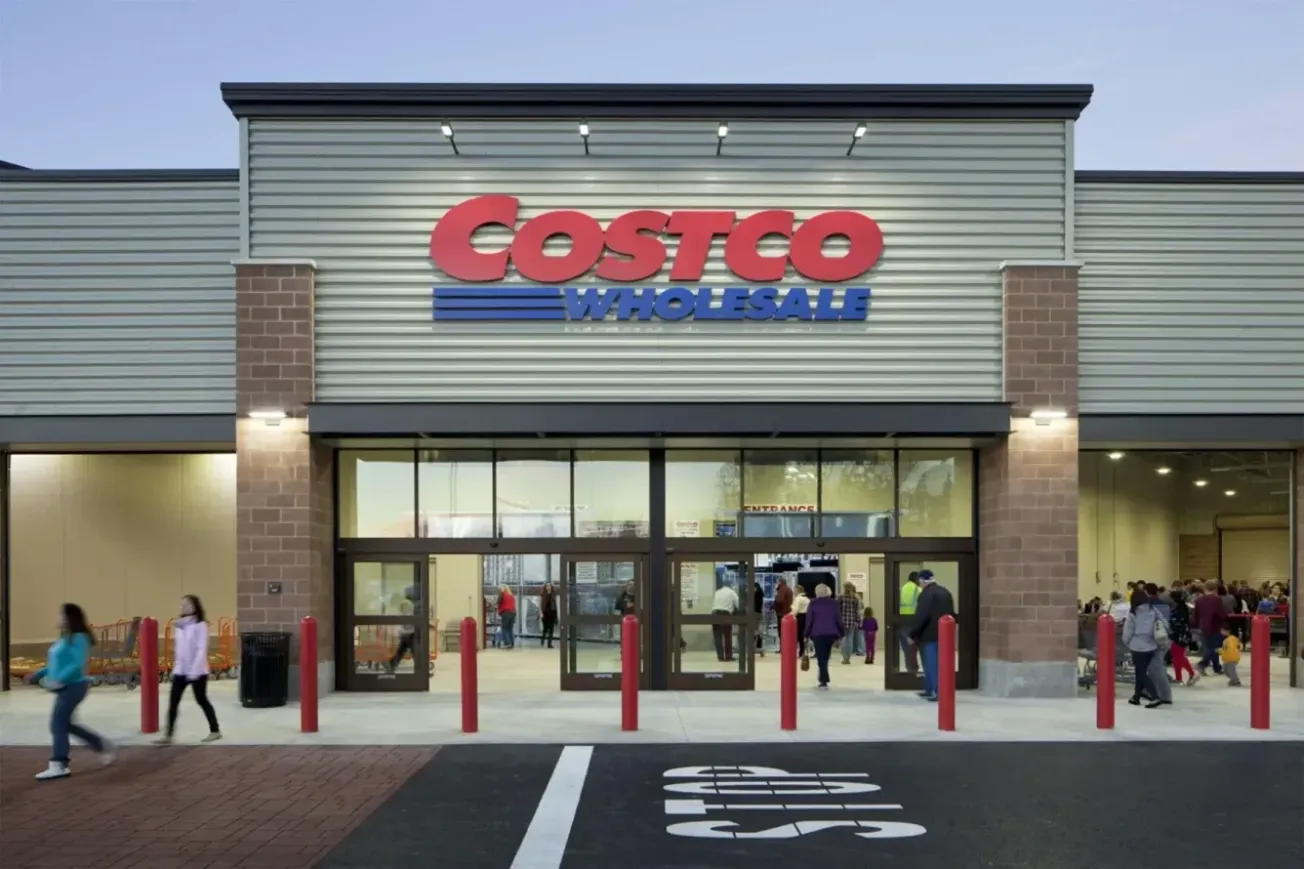As 2020 finally and reluctantly gives way to 2021, the mass retail community is understandably optimistic about the year ahead.
 As background, much has changed, more perhaps than in any other 12-month period in the history of retailing in America. Foremost among these shifts in consumer shopping habits is the undeniable fact that online shopping, until recently the stepchild of brick-and-mortar retailing, has become, virtually overnight, its junior partner. The word “junior” in this context, however, doesn’t begin to tell the story of the impact e-commerce has had, and will continue to exert on the more traditional emporium-based shopping experience. Certainly the traditional mass retailing community doesn’t need, at this late date, to be lectured on the consumer’s recently discovered love affair with e-commerce.
As background, much has changed, more perhaps than in any other 12-month period in the history of retailing in America. Foremost among these shifts in consumer shopping habits is the undeniable fact that online shopping, until recently the stepchild of brick-and-mortar retailing, has become, virtually overnight, its junior partner. The word “junior” in this context, however, doesn’t begin to tell the story of the impact e-commerce has had, and will continue to exert on the more traditional emporium-based shopping experience. Certainly the traditional mass retailing community doesn’t need, at this late date, to be lectured on the consumer’s recently discovered love affair with e-commerce.
Simply put, it carries the potential to simplify the shopping experience, making the excursion easier, more rewarding, less tedious and less painful than the trip to the supermarket, drug store or discount store has become of late. This isn’t the time to explain why, especially to that brick-and-mortar community that already knows why. The current pandemic is one cause, as is the attendant admonition to stay at home. The newfound difficulty in getting to the store has been no help in driving brick-and-mortar sales. Nor has the uncertain in-stock condition confronting today’s shopper. Additional reasons abound — but suffice it to say that online retailing, for better or worse, is here to stay.
Having set the stage for Retailing 2021, what needs to be noted is the emergence — if emergence is indeed the right word — of three classic (again, perhaps a misnomer) retailers into the very forefront of retailing in America. Here are the three.
First is Walmart. It’s difficult to take the position that Walmart is a better retailer today than it has yet been. Difficult, but nonetheless true. The Walmart brand that mass market retailing grew up with over the past 40 years is not by any means the equal of the retailer today. That may be unpleasant news, but that doesn’t mean it’s not true. Fact is, today’s Walmart discount chain is the equal of any retailer that ever put up a sign and announced a sale. For the remainder of the mass retailing community, the challenge remains the same: How to effectively compete. For the answer, you’ll have to look elsewhere.
Then there’s Target. For a variety of different reasons, Target has emerged, in 2021, as the mass retailer to beat, or at least to challenge. Just as Walmart has learned what needed improving, so too has Target. Consumers shop Target for different reasons than they frequent Walmart. But they usually wind up with the same result: satisfaction bordering on pleasure. How to compete? It’s simple: Just do the things Target now routinely does, but do them better. Or more frequently. Or more consistently. Any questions?
Now for the third retailer. This choice may be particularly difficult to swallow. But that doesn’t make it any less true. The retailer in question is, of course, Amazon.
If mass retailing has changed over the past decade, Amazon is the reason. Rare is the consumer who doesn’t shop Amazon. And if that shopping experience isn’t necessarily pleasant, it’s almost always rewarding. More significant, it is a more rewarding experience than it has yet been.
The reason is the age-old reason behind the success — and failure — of all manner of retailers. Amazon, perhaps more than any retailer that ever opened its doors or, in this case, its electronic gates, knows what it does wrong. Not only that, but the company knows as well how to make its customer experience better.
The result is that, today, shopping at Amazon is a more rewarding experience than it has ever been.
So the challenge is clear. To compete in the mass retailing arena of 2021, a participant needs only to be better than — or at least as good as — Walmart, Target and Amazon. Any questions?





